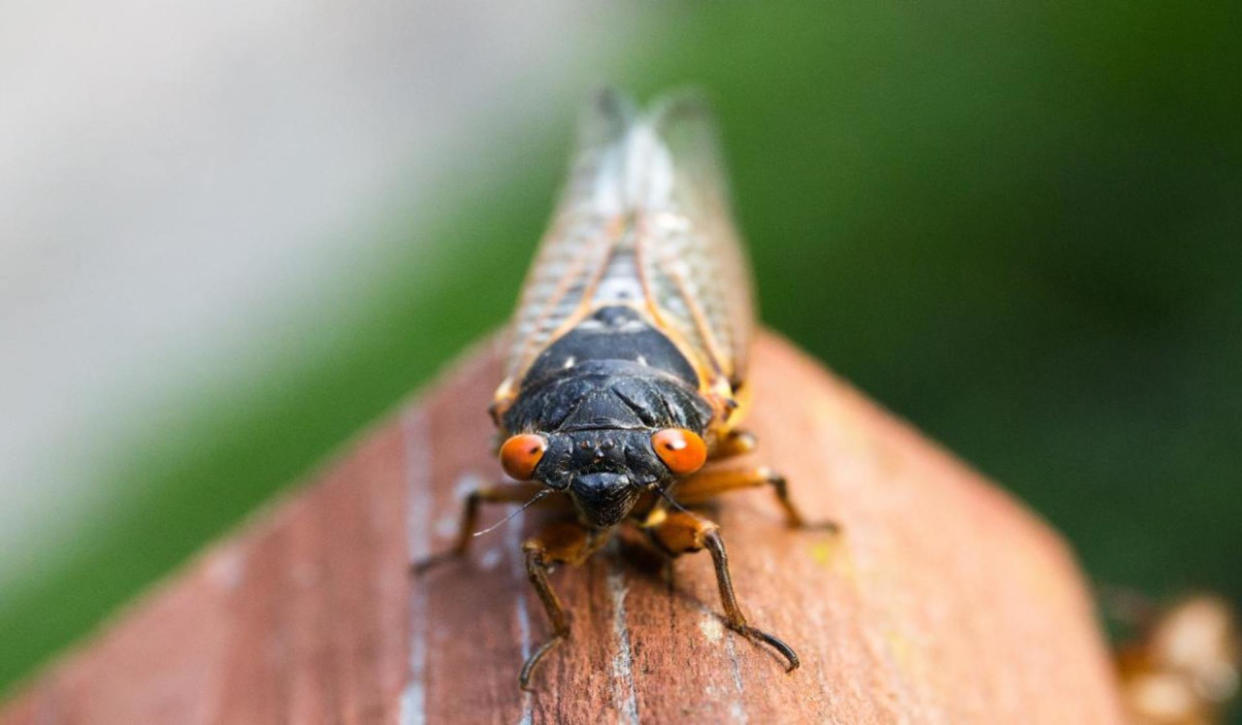Get ready: This spring will see the biggest cicada emergence since the 1800s

Cicadas: They made headlines in 2021 when 1.5 million cicadas per acre emerged in the eastern US, jumping around and clinging to everything.
Now, let’s fast forward to 2024 when parts of the US are bracing for another significant cicada emergence that hasn’t been seen in centuries.
DON'T MISS: Everything you need to know for April's spectacular and rare solar eclipse
Cicadas 101
North America has seven species of periodical cicadas. Three spend about 17 years underground—the rest spend 13 years there.
But this spring, everything will synchronize, Alan Carroll, a professor in the Department of Forest and Conservation Sciences at the University of British Columbia, tells The Weather Network.
“And so in 2024, we expect a 17-year species and a 13-year species to co-occur in one region.”
This rare double-brood emergence hasn’t been seen since 1803 and won’t occur again for another 221 years.
It means that more than a trillion cicadas will be out and about across the US Midwest, centered around northern Illinois.
But the party won’t last long. Once cicadas emerge, they only live for a few weeks. After that, Carroll says there will be a “bit of a mess” that follows afterward.
“It will lead to some decaying insects and some issues around that. But it’s a very brief thing. That, ultimately, is part of how ecosystems function normally.”
SPRING 2024: Get an in-depth look at the Spring Forecast, tips to plan for it, and much more!
Opportunity for citizen science
When cicadas emerge, they can impact the environment in different ways, providing food for birds and other wildlife and influencing forest ecosystems.
Technology has advanced substantially since the last double brood emergence, giving people an opportunity to help further our understanding of cicadas and their relationship with the environment.
Some organizations, like Cicada Safari, have partnered with universities to recruit people to document their findings and upload them to the Cicada Safari app.
In 2021, more than 150,000 people used the app to upload geo-targeted images, which helped scientists track their behaviour.
Cicada fast facts
Cicadas date back to the Cretaceous Period, some 110 million years ago.
Males use noise to attract females, and they’re noisiest on the hottest days, with sounds reaching up to 90 decibels. They avoid hearing damage by closing up their ears when singing.
Cicadas aerate the soil and fertilize surrounding plant vegetation, making them a critical ecosystem component.
Watch a cicada emerge from its exoskeleton:
(Header image: File photo/Michael Kropiewnicki/Pexels)


